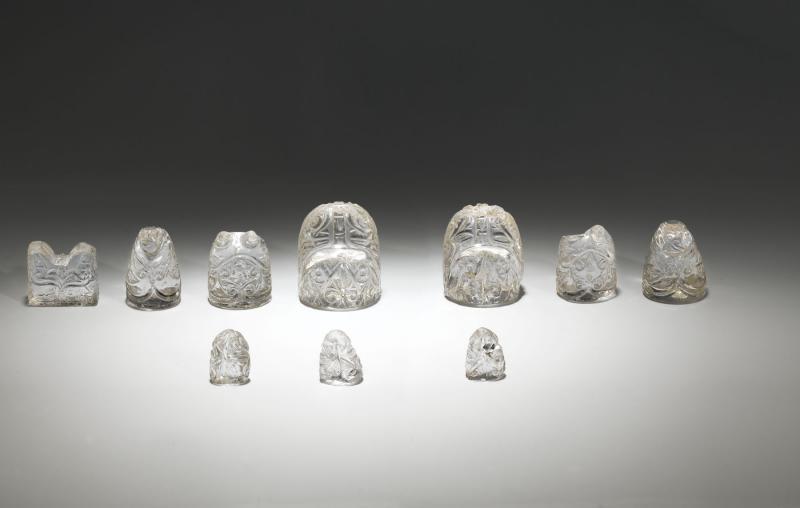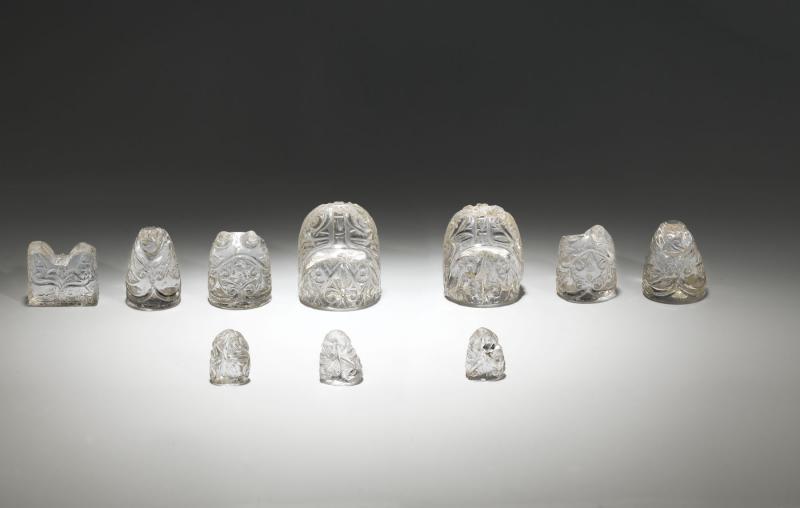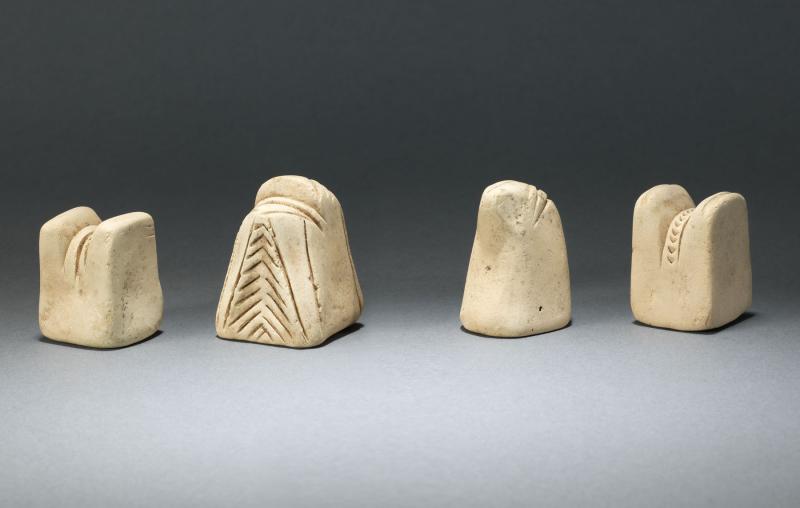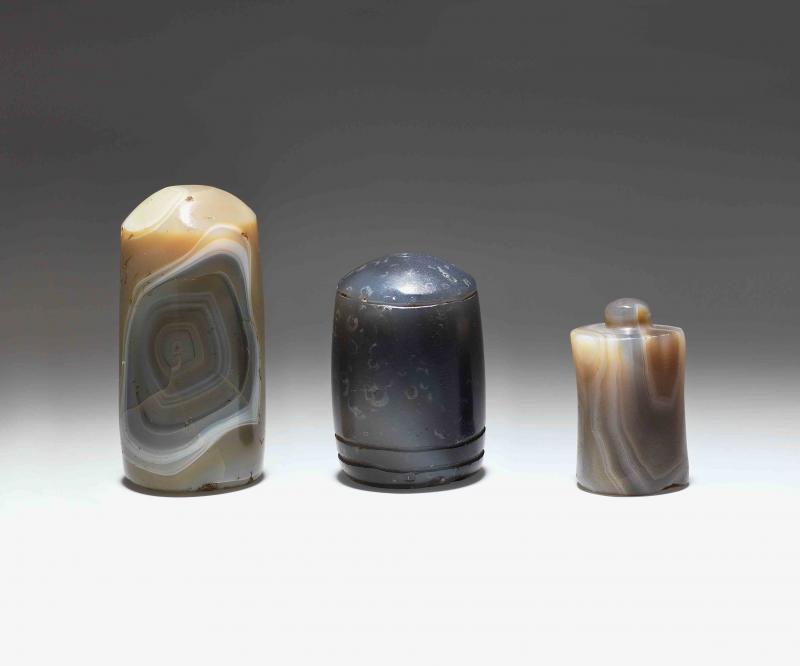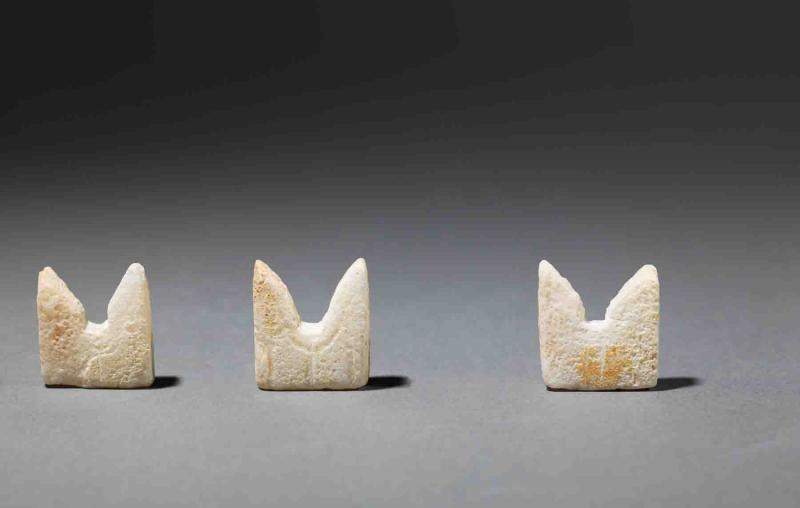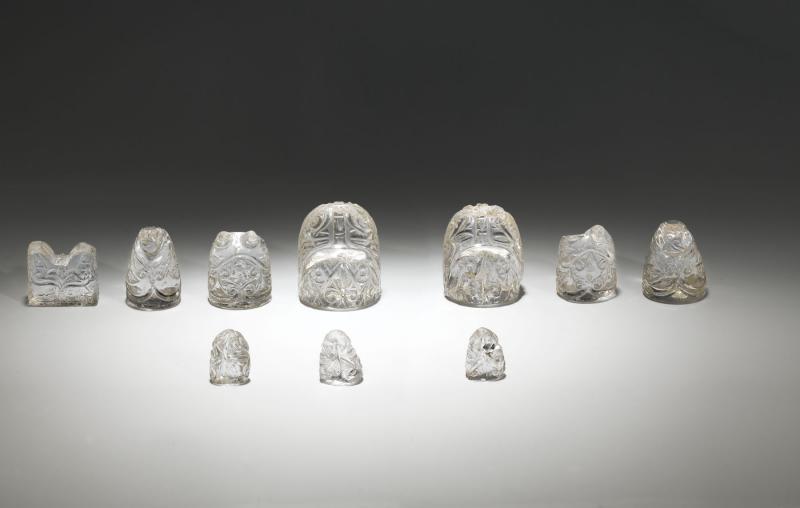Studying chess from the Abbasid era to Kuwait’s al-Sabah Collection
During a brief career as a merchant banker, Deborah Freeman Fahid developed an interest in the Middle East. A course in Islamic Art at London’s School of Oriental and African Studies led to nine years at the auctioneers Christie’s and then her appointment as assistant curator of Kuwait’s al-Sabah Collection. There, she found an area of Islamic art about which little was written: Chess pieces.
“My interest in chess came out of the pieces, rather than the other way around, when I was presented with objects that needed to be researched,” said Freeman Fahid. Eleven years after she joined al-Sabah comes her stunning “Chess and Other Game Pieces from Islamic Lands,” published by Thames & Hudson.
As well as cataloguing al-Sabah Collection’s 130 chess and 200-plus other game pieces, the book surveys Islamic chess pieces held elsewhere. Detective work and hard science are as much part of Freeman Fahid’s work as art appreciation. She has dated many pieces in European museums more accurately.
“Typically, when I was looking at pieces in museum collections [in Europe], they usually said circa tenth to 12th century,” Freeman Fahid said, “but I found some of them were eighth to 11th century. This was a result of two things: comparing pieces in the Sabah collection with objects found in archaeological excavations where we have a clear idea of the dating and some carbon-14 testing.”
Many of the Sabah pieces are from Abbasid times. Freeman Fahid compares Baghdad in the ninth and tenth centuries to 1980s Moscow — a chess centre where theoreticians and grand masters flourished. Ar-Razi’s treatise “Elegance in Chess” dates from the ninth century when the Abbasid court was in Samarra.
Playing chess is said to have come to the Arab world from Persia, which had adopted the game from India, where its forerunner, chaturanga, evolved into chess around the fifth and sixth centuries. Indian chess pieces were derived from the four components of the army.
“The chariots are now called the rooks,” Freeman Fahid said. “The elephant corps, now called the bishops, were elephants with a single figure mounted on top. The knights were mounted horsemen. The pawns are foot soldiers.”
In command were the king and his vizier, now the queen, larger elephant pieces with more than one figure on top. “It was a game of war strategy and at the Sassanian court it was one of those skills that a nobleman should have, along with being able to ride,” she said.
The Arabs translated or Arabised the Persian names. “Fil,” now the bishop, came from “pil,” Persian for elephant. “Faras” or “horse,” now the knight, was translated from the Persian “asp.” The Sanskrit word for “chariot” is the likely origin of “rukh,” used in Persian and Arabic. The Persian word “shah” is the origin of the word “chess.”
Under Islam, the design of chess pieces changed. Instead of figural pieces — the earliest surviving are seventh-century ones found near ancient Samarqand — they became more abstract.
Freeman Fahid said this was not simply a religious aversion to figurative forms. “There’s been an assumption this was the result of iconoclasm, and there is probably an element of that, but in a part of the world where making small-scale figural sculptures was not part of cultural heritage, as it was in India, it may simply have been easier to make abstract-style pieces,” she said.
Picking favourites from al-Sabah Collection, Freeman Fahid chose a knight: “It’s one of the largest pieces, just under 7cm high. It’s ivory, probably cut from the tip of the tusk. It’s a dome, with a shield-shape projecting at the front representing the horse’s head and a groove at the back that just suggests the division of the head and neck from the body. The craftsman went on to decorate the surface with a beautiful early palmette design, a typical early Islamic motif.”
Another choice is wooden, a king or queen and another knight, ninth or tenth century, probably from Herat. “They’re simply carved and weathered,” Freeman Fahid said. “They have a sculptural quality and must have been lovely to play with. In my essay, I suggested this shape developed from the elephant with its howdah on top.”
Freeman Fahid refers in the book to a 1991 survey by Antje Kluge-Pinsker of European-made chess pieces, including those on the 11th-century pulpit of Henry II in Aachen Cathedral. The survey recognised the pieces’ derivation from Islamic models.
“Some in Germany are associated with Otto III, the [tenth century] Holy Roman emperor,” she said. “Others were traditionally associated with Charlemagne, who’s much earlier.
“I’ve speculated in the book, now that I’ve pushed back the dating for some of these pieces, that a connection may have come from diplomatic embassies between the caliphate and Charlemagne’s court in Aachen. It’s possible that some of these pieces were diplomatic gifts.”
Such contact presumably spread the game. “The earliest reference we have to chess playing in Europe is very early 11th century, in Catalonia,” Freeman Fahid said. “Many pieces in Germany ended up in cathedral treasures where some were repurposed as reliquaries. One was turned upside down and drilled to become a container for the blood of a saint.”
Modern chess designs developed far later: “Abstract, Islamic-style chessmen were used in Europe until the 11th or 12th centuries,” Freeman Fahid said.
Gareth Smyth has covered Middle Eastern affairs for 20 years and was chief correspondent for The Financial Times in Iran.
This article was originally published in The Arab Weekly.


